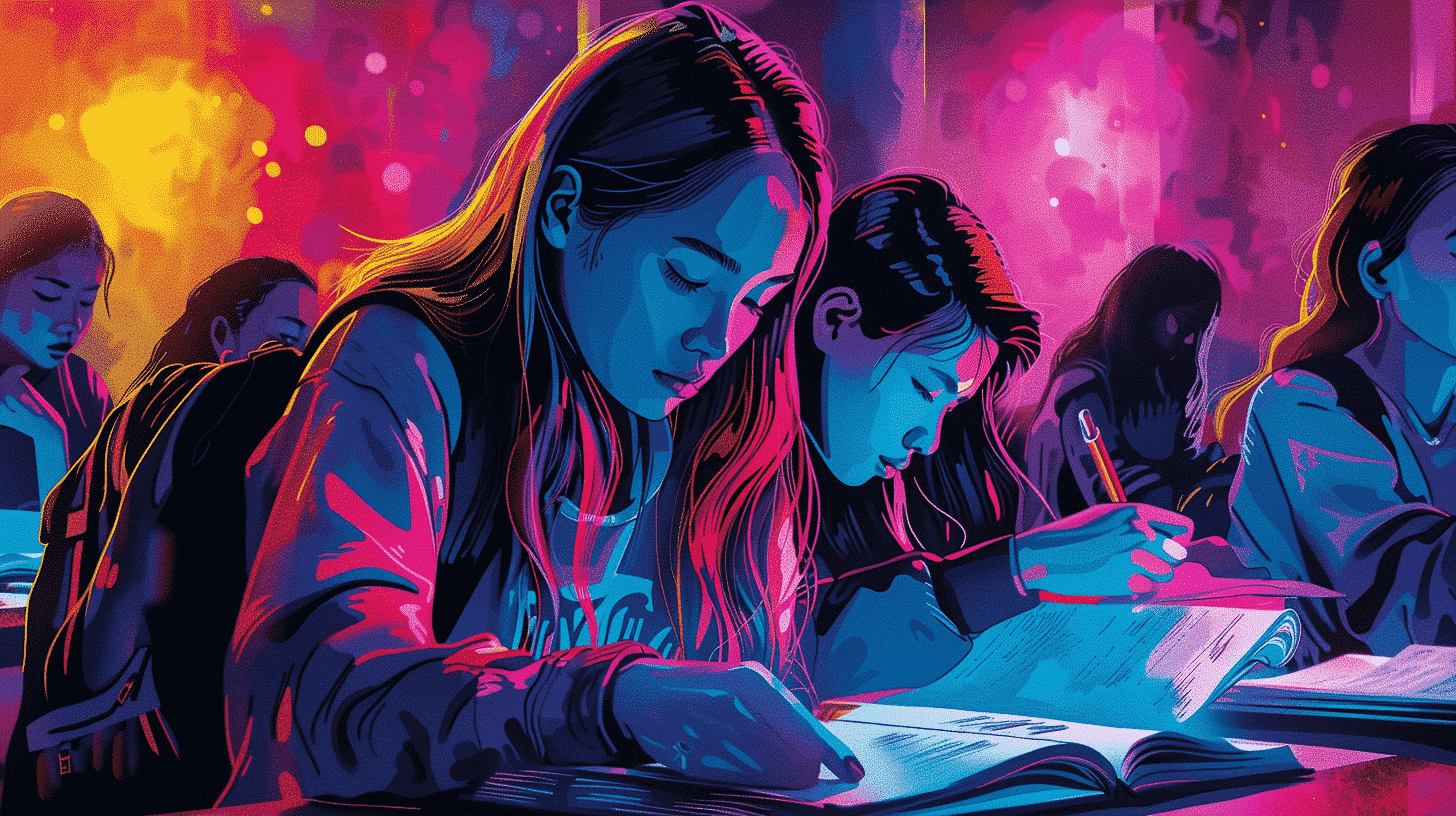Why Graphic Novels?
Graphic novels combine both visual and textual elements to tell a story, making them an ideal resource for language learners. Here are some reasons why:
1. **Visual Context**: The illustrations provide visual context that can help you understand the story, even if you’re not familiar with all the words. This can make it easier to infer the meanings of new vocabulary and phrases.
2. **Engaging Stories**: Graphic novels often feature compelling storylines and characters, which can make the learning process more enjoyable. When you’re invested in the story, you’re more likely to stick with it and keep reading.
3. **Cultural Insights**: Many graphic novels reflect the culture and society in which they were created. By reading Italian graphic novels, you’ll gain insights into Italian culture, history, and social issues, which can deepen your understanding of the language.
4. **Natural Dialogue**: The dialogue in graphic novels tends to be more natural and conversational than the language found in textbooks. This can help you learn how people actually speak in everyday situations.
Choosing the Right Graphic Novel
When selecting a graphic novel for language learning, consider the following factors:
1. **Language Level**: Choose a graphic novel that matches your current language proficiency. If you’re a beginner, look for simpler texts with straightforward vocabulary and sentence structures. If you’re more advanced, you can tackle more complex works.
2. **Interest**: Pick a graphic novel that interests you. Whether you enjoy fantasy, science fiction, romance, or historical fiction, there’s likely an Italian graphic novel that fits your tastes.
3. **Length**: Start with shorter graphic novels or individual issues of a series. This way, you won’t feel overwhelmed and can gradually build your reading stamina.
4. **Availability**: Make sure the graphic novel is readily available. You can find Italian graphic novels at bookstores, online retailers, or digital platforms like ComiXology.
Recommended Italian Graphic Novels
Here are some Italian graphic novels that are well-suited for language learners:
1. Dylan Dog
“Dylan Dog” is a popular Italian horror comic series created by Tiziano Sclavi. The series follows the adventures of Dylan Dog, a “Nightmare Investigator” who deals with supernatural and macabre cases. The language used in “Dylan Dog” is relatively accessible, making it a good choice for intermediate learners. The stories are engaging and often feature elements of mystery and suspense.
2. Zerocalcare
Zerocalcare is the pen name of Italian graphic novelist Michele Rech. His works, such as “La Profezia dell’Armadillo” and “Dimentica il Mio Nome,” offer a mix of humor, social commentary, and personal reflection. Zerocalcare’s conversational writing style makes his graphic novels a great option for language learners who want to improve their understanding of colloquial Italian.
3. Corto Maltese
Created by Hugo Pratt, “Corto Maltese” is a series of adventure comics that follow the eponymous sea captain on his travels around the world. The stories are rich in historical and cultural references, providing readers with a deeper understanding of different cultures and time periods. The language in “Corto Maltese” can be more challenging, making it suitable for advanced learners.
4. Julia
“Julia” is a crime series created by Giancarlo Berardi. The protagonist, Julia Kendall, is a criminologist who solves complex cases. The series is known for its well-developed characters and intricate plots. The language used in “Julia” is clear and precise, making it a good choice for intermediate to advanced learners.
5. Diabolik
“Diabolik” is a classic Italian comic series created by Angela and Luciana Giussani. The series follows the adventures of Diabolik, a master thief, and his partner, Eva Kant. The stories are fast-paced and filled with action, making them an exciting read. The language in “Diabolik” is straightforward, making it suitable for intermediate learners.
Strategies for Learning with Graphic Novels
To make the most of your language learning experience with Italian graphic novels, consider the following strategies:
1. Active Reading
Engage in active reading by taking notes as you read. Write down new vocabulary words and phrases, along with their meanings. You can also jot down any questions or observations you have about the story or language.
2. Repetition
Repetition is key to language learning. Read the same graphic novel multiple times to reinforce your understanding of the vocabulary and grammar. Each time you read, you’ll likely notice new details and nuances.
3. Context Clues
Use the illustrations and context to help you understand unfamiliar words and phrases. Look at the characters’ expressions, actions, and the overall setting to infer meaning. This can help you develop your ability to guess the meaning of unknown words based on context.
4. Audio Support
If possible, find audio versions of the graphic novels or listen to related podcasts and audiobooks. Hearing the language spoken by native speakers can improve your pronunciation and listening comprehension.
5. Discussion
Join a language learning group or online forum where you can discuss the graphic novels with others. Sharing your thoughts and insights can deepen your understanding of the story and language. You can also ask questions and get feedback from more experienced learners or native speakers.
6. Writing Practice
Practice writing by summarizing the graphic novel’s plot or writing reviews. This can help you reinforce the vocabulary and grammar structures you’ve learned. You can also try writing your own dialogue or short stories inspired by the graphic novel.
Conclusion
Italian graphic novels offer a unique and enjoyable way to enhance your language skills. By combining visual and textual elements, they provide valuable context and make the learning process more engaging. Whether you’re a beginner or an advanced learner, there’s an Italian graphic novel out there that can help you improve your language proficiency. So, pick up a graphic novel, immerse yourself in the story, and watch your Italian language skills flourish.
Incorporating Italian graphic novels into your language learning routine can not only make the process more enjoyable but also provide you with a deeper understanding of Italian culture and society. So, why not give it a try? Happy reading and buona fortuna!









